

Socket head cap screws are fasteners characterized by a cylindrical head containing a hexagonal socket, and are designed for applications requiring high strength and secure fastening. This guide explores the different types, materials, dimensions, and applications of socket head cap screws, providing valuable insights for engineers, manufacturers, and DIY enthusiasts alike.Understanding Socket Head Cap ScrewsWhat is a Socket Head Cap Screw?A socket head cap screw, often abbreviated as SHCS, is a type of bolt or screw with a cylindrical head and an internal wrenching drive (typically a hexagon or Torx socket). They are designed to be tightened with an Allen wrench or a hex key. Their high strength and relatively small head size make them ideal for applications where space is limited or a flush finish is desired.Key Features and Benefits High Strength: Manufactured from high-strength alloys, offering superior clamping force. Compact Design: Smaller head diameter allows for use in tight spaces. Flush Mounting: Can be countersunk for a flush or near-flush appearance. Internal Wrenching Drive: Provides a secure grip and reduces the risk of cam-out. Versatility: Available in a wide range of sizes, materials, and finishes to suit various applications.Types of Socket Head Cap ScrewsBased on MaterialThe material used in manufacturing socket head cap screws significantly impacts their strength, corrosion resistance, and suitability for specific applications. Common materials include: Alloy Steel: Offers excellent strength and is often heat-treated for increased durability. Stainless Steel: Provides corrosion resistance and is suitable for applications in harsh environments. Brass: Offers good corrosion resistance and electrical conductivity. Aluminum: Lightweight and corrosion-resistant, ideal for weight-sensitive applications.Based on Head ShapeWhile the defining feature is the socket head, variations exist to cater to specific needs: Standard Socket Head: The most common type, with a cylindrical head and a flat top. Button Head: Features a rounded, low-profile head for aesthetic appeal and reduced snagging. Flat Head: Designed to be countersunk, providing a flush surface. Low Head: Offers a lower profile than standard socket heads, suitable for very limited spaces.Based on Thread TypeThe thread type determines the screw's compatibility with mating components: Metric Threads (e.g., M3, M4, M5): Widely used in international applications. Unified National Coarse (UNC) Threads: Common in North America. Unified National Fine (UNF) Threads: Offer a tighter grip and are often used in high-vibration environments.Applications of Socket Head Cap ScrewsSocket head cap screws are used across a wide range of industries and applications, including: Machinery and Equipment: Securing components in engines, pumps, and other mechanical devices. Tooling and Fixtures: Holding parts in place during manufacturing processes. Automotive: Fastening engine components, suspension systems, and interior trim. Electronics: Securing circuit boards, housings, and other electronic components. Construction: Connecting structural elements in buildings and bridges.Dimensions and SpecificationsStandard SizesSocket head cap screws are available in a wide range of sizes, both metric and imperial. Common metric sizes include M3, M4, M5, M6, M8, M10, and M12. Imperial sizes are typically expressed in inches, such as 1/4', 5/16', 3/8', and 1/2'.Key DimensionsUnderstanding the key dimensions of a socket head cap screw is crucial for proper selection and installation: Thread Diameter: The diameter of the threaded portion of the screw. Thread Pitch: The distance between adjacent threads. Head Diameter: The diameter of the screw head. Head Height: The height of the screw head. Socket Size: The size of the Allen wrench or hex key required to tighten the screw. Length: The overall length of the screw, measured from under the head to the tip.Example Dimensions for a Metric M5 Socket Head Cap Screw Dimension Value (mm) Thread Diameter 5 Thread Pitch 0.8 Head Diameter (Max) 8.5 Head Height (Max) 5 Socket Size 4 Note: Dimensions may vary slightly depending on the manufacturer and specific standard.Installation GuidelinesProper TorqueApplying the correct torque is essential to ensure a secure and reliable connection. Overtightening can strip the threads or damage the screw head, while undertightening can lead to loosening. Refer to the manufacturer's specifications or a torque chart for the recommended torque value for your specific socket head cap screw and application.Using the Correct ToolsAlways use the correct size and type of Allen wrench or hex key to tighten socket head cap screws. Using an incorrect size can damage the socket and make it difficult to remove the screw. Consider using a torque wrench for precise torque control.LubricationApplying a lubricant to the threads can reduce friction and ensure a more accurate torque reading. This is especially important for stainless steel socket head cap screws, which are prone to galling. Use a lubricant that is compatible with the screw material and the application environment.Where to Buy Socket Head Cap ScrewsMany suppliers offer a wide range of socket head cap screws. Consider checking reputable online retailers, industrial supply stores, and fastener specialists. Hebei Muyi Import&Export Trading Co.,Ltd, for instance, provides high-quality fasteners for various industrial applications. Visit muyi-trading.com to explore their offerings. Ensure that the supplier provides detailed product specifications and certifications to guarantee quality and compliance with industry standards.Troubleshooting Common IssuesStripped SocketA stripped socket is a common problem that can occur when using the wrong size Allen wrench or applying excessive torque. To prevent stripping, always use the correct size wrench and avoid overtightening. If a socket is already stripped, you may be able to use a screw extractor or a specialized tool to remove the screw.CorrosionCorrosion can weaken socket head cap screws and make them difficult to remove. To prevent corrosion, use screws made from corrosion-resistant materials, such as stainless steel, or apply a protective coating. Regularly inspect screws for signs of corrosion and replace them as needed.LooseningSocket head cap screws can loosen over time due to vibration or thermal expansion. To prevent loosening, use locking washers, thread lockers, or self-locking screws. Regularly check screws for tightness and retighten them as needed.ConclusionSocket head cap screws are versatile and reliable fasteners that offer high strength, compact design, and secure fastening. By understanding the different types, materials, dimensions, and installation guidelines, you can select the right socket head cap screw for your specific application and ensure a secure and long-lasting connection.

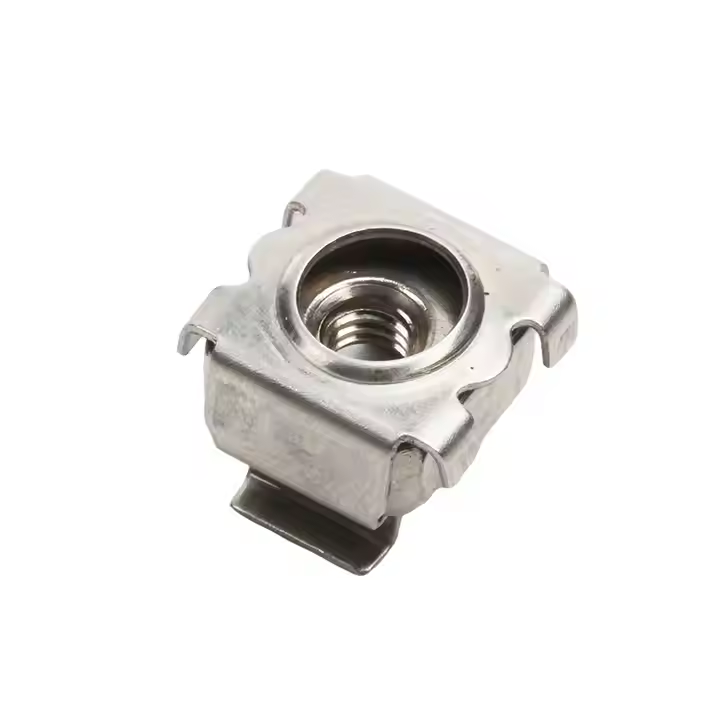
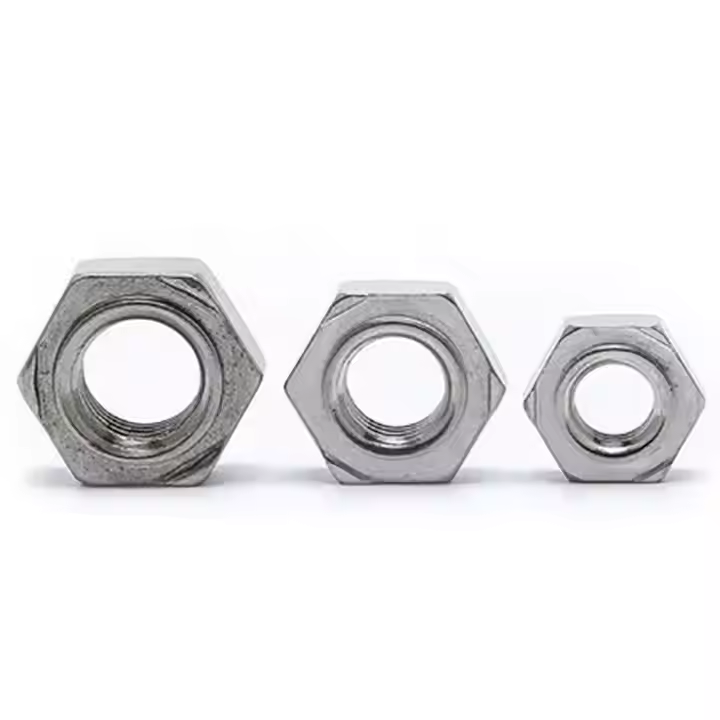
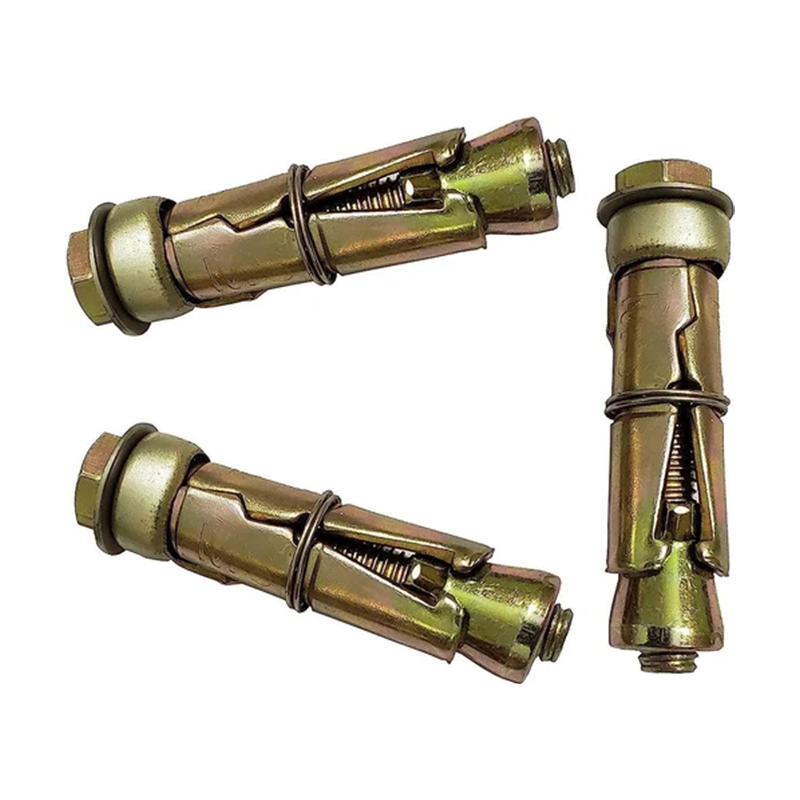
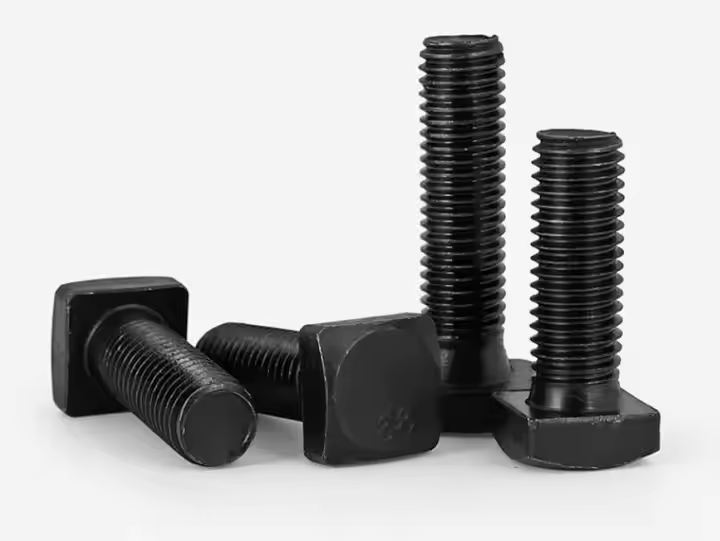

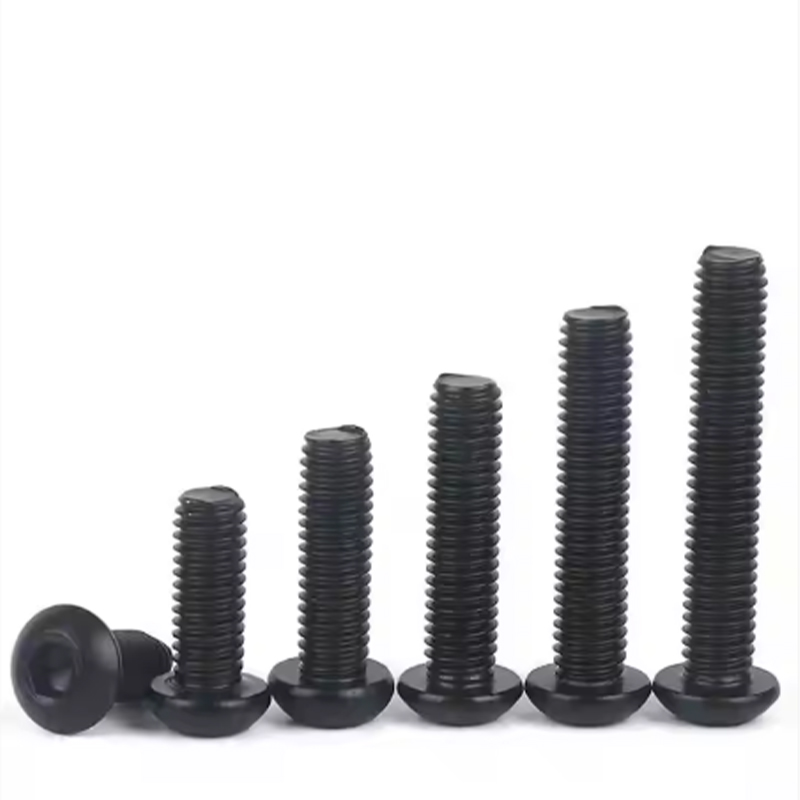

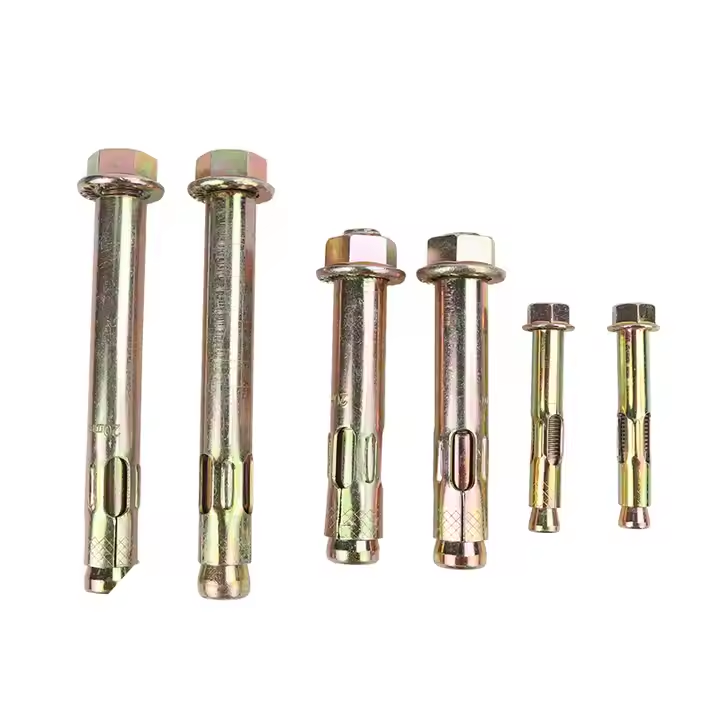

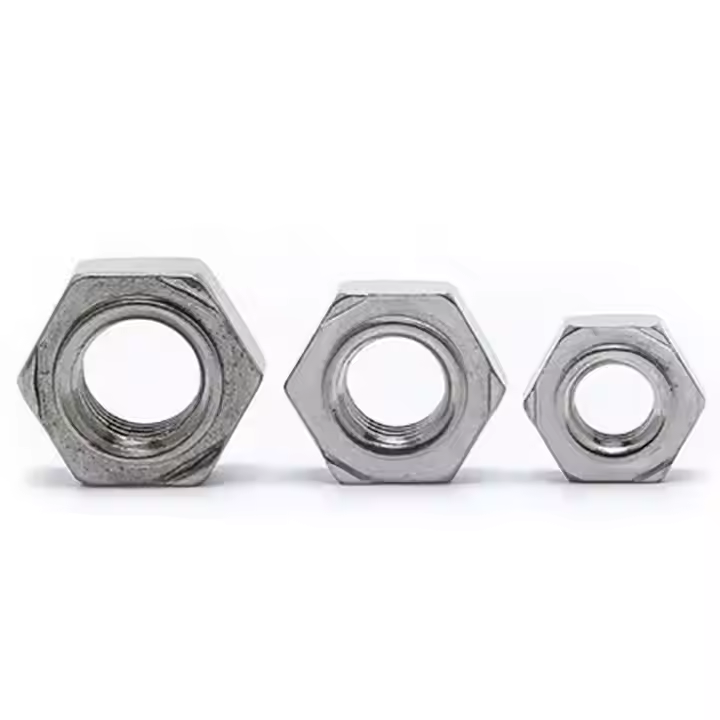
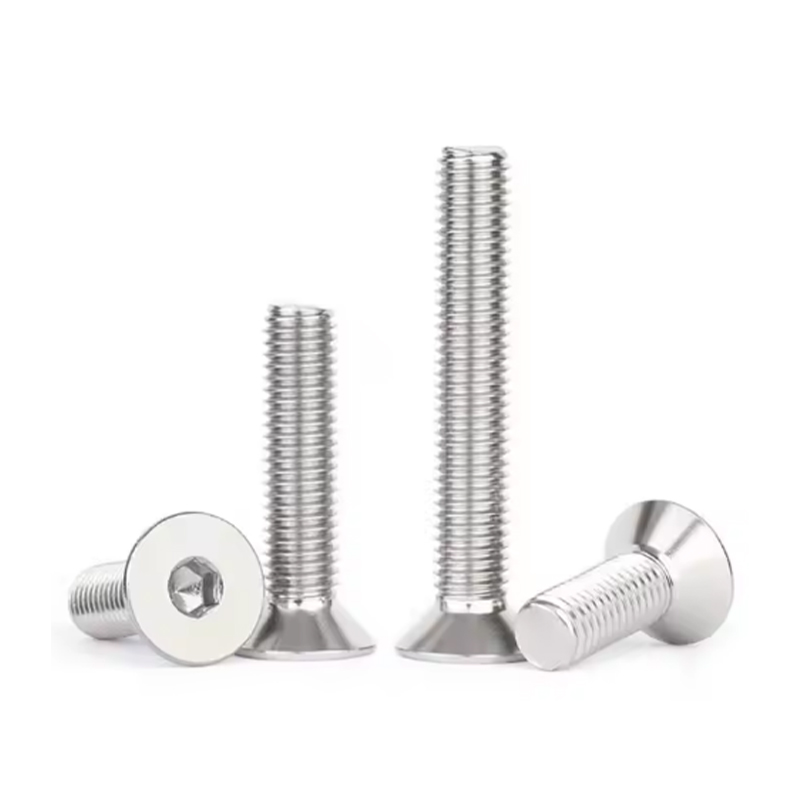
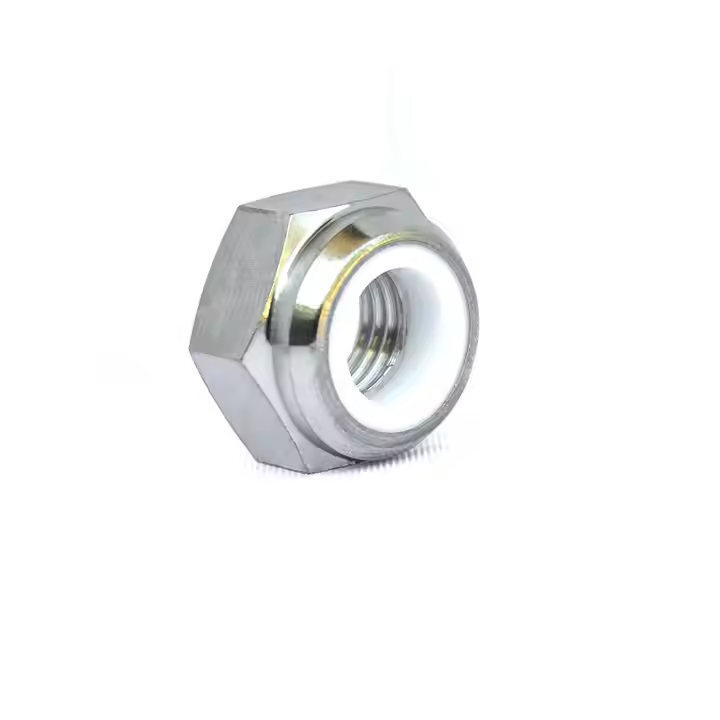
Please enter your email address and we will reply to your email.